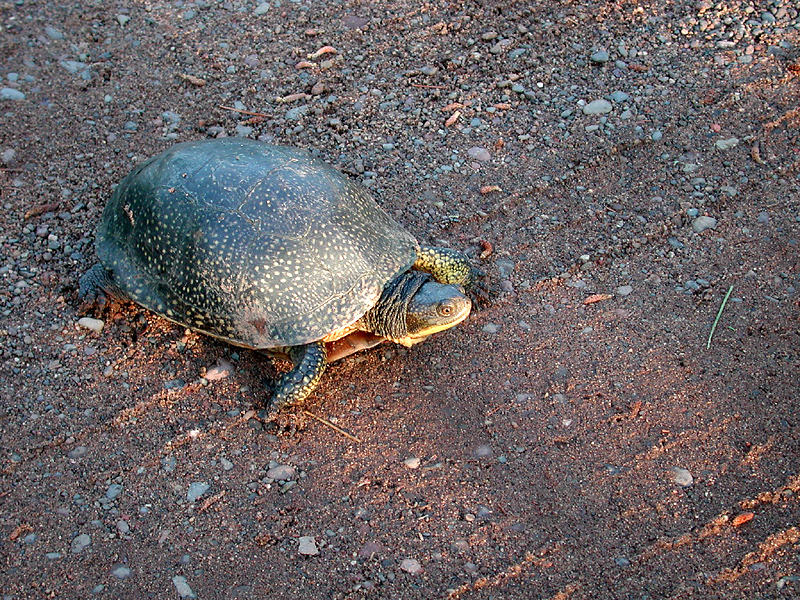 Hello, Frank Indiviglio here. Powdered vitamin and mineral supplements for reptiles and amphibians have been a great boon to herp keepers. However, African Clawed Frogs, Red-Eared Sliders, Axolotls and other creatures that feed only in water present special challenges, as the supplements wash away before being consumed. Today we’ll look at some ways around this problem.
Hello, Frank Indiviglio here. Powdered vitamin and mineral supplements for reptiles and amphibians have been a great boon to herp keepers. However, African Clawed Frogs, Red-Eared Sliders, Axolotls and other creatures that feed only in water present special challenges, as the supplements wash away before being consumed. Today we’ll look at some ways around this problem.
Commercially Available Foods
Fortunately, several readily-available products are packed with valuable nutrients. One in particular, ReptoMin Food Sticks, has been long relied upon by both zookeepers and advanced hobbyists. In fact, I and several colleagues have had great success in using it as the main part of the diet of African Clawed Frogs, Mexican Axolotls, Fire-Bellied and other newts, certain tadpoles and even Blanding’s Turtles (which usually require healthy doses of whole fishes when growing).
When paired with freeze-dried Krill or Shrimp, and supplemented by occasional feedings of live prey, Reptomin seems to meet the vitamin/mineral needs of quite a few species (shrimp are packaged along with food sticks in ReptoMin Select-a-Food.
Other pelleted turtle foods should also be included in the diets of aquatic turtles, newts, tadpoles and frogs, as each contains different ingredients that may supply important micro-nutrients.
Products Formulated for Aquarium and Table Fishes
A great deal of research has been carried out on the dietary needs of aquarium trade species and farmed fishes such as trout…far more than is the case for herps (which are not as valuable, commercially-speaking!). In the “pre-Reptomin” days, I had very good results with Trout Chow as a diet for many aquatic creatures; my 40 year-old Common Musk Turtle still favors it over all else, and I am fearful of making changes at this point.
Foods formulated for cichlids, salmon, catfishes and other carnivorous species are well-worth trying, as the needs of these animals likely parallel those of certain herps.
 Frozen foods retain many of their nutrients…again, the aquarium fish trade provides us with useful options…from fresh water insects to marine animals (use these in moderation), there are a number of very valuable herp foods to be had.
Frozen foods retain many of their nutrients…again, the aquarium fish trade provides us with useful options…from fresh water insects to marine animals (use these in moderation), there are a number of very valuable herp foods to be had.
Animals that accept only live prey are especially troublesome when it comes to supplementation, as one cannot coat live aquatic foods with powders. In these cases, providing food animals with a healthful diet is critical. Next week we’ll look at diets for insects, earthworms, blackworms and fishes. Please write in with your questions and comments.
Thanks,
Frank Indiviglio
Further Reading
Feeding ReptoMin to Aquatic Pets.
African Clawed Frog Habits and Diet at the National Zoo
Pipa Pipa images referenced from wikipedia and originally posted by Stan Shebs
Blanding’s Turtle images referenced from wikipedia and originally posted by Raphael Carter
 That Reptile Blog – Reptile, Amphibian and Exotic Pet Care and Information
That Reptile Blog – Reptile, Amphibian and Exotic Pet Care and Information


